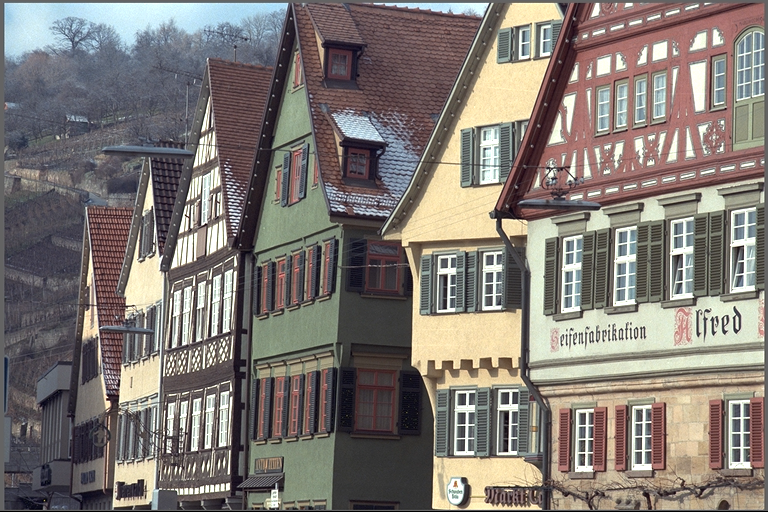图像重采样
概述
Rescale 应用程序通过首先应用低通滤波器以避免混叠,然后进行降采样来重新调整输入图像的大小。生成的图像具有输入图像宽度的一半和高度的三分之一。然后将结果保存到磁盘。
说明
命令行参数为
<backend> <input image>
其中
- backend: 可以是 cpu、cuda 或 vic;它定义了执行处理的后端。
- input image: 要进行降采样的输入图像文件名,它接受 png、jpeg 以及可能的其他格式。
这是一个示例
- C++./vpi_sample_04_rescale cuda ../assets/kodim08.png
- Pythonpython3 main.py cuda ../assets/kodim08.png
这是使用 CUDA 后端和提供的示例图像之一。您可以尝试使用其他图像,但需遵守算法施加的约束。
结果
| 输入图像 | 输出图像,已降采样 |
|---|---|
 |  |
源代码
为了方便起见,以下代码也安装在示例目录中。
语言 114 throw std::runtime_error("Backend '" + strBackend + "' not recognized, it must be either cpu, cuda or vic");
128 CHECK_STATUS(vpiImageCreate(cvImage.cols, cvImage.rows, VPI_IMAGE_FORMAT_NV12_ER, 0, &imageNV12));
131 CHECK_STATUS(vpiImageCreate(cvImage.cols / 2, cvImage.rows / 3, VPI_IMAGE_FORMAT_NV12_ER, 0, &outputNV12));
134 CHECK_STATUS(vpiImageCreate(cvImage.cols / 2, cvImage.rows / 3, VPI_IMAGE_FORMAT_BGR8, 0, &output));
142 CHECK_STATUS(vpiSubmitRescale(stream, backend, imageNV12, outputNV12, VPI_INTERP_LINEAR, VPI_BORDER_CLAMP, 0));
154 CHECK_STATUS(vpiImageLockData(output, VPI_LOCK_READ, VPI_IMAGE_BUFFER_HOST_PITCH_LINEAR, &outData));
声明处理图像格式转换的函数。
#define VPI_IMAGE_FORMAT_NV12_ER
具有全范围的 YUV420sp 8 位 pitch-linear 格式。
用于处理 VPI 图像的函数和结构。
用于处理 OpenCV 与 VPI 互操作性的函数。
声明实现 Rescale 算法的函数。
VPI 状态代码处理函数的声明。
声明处理 VPI 流的函数。
VPIStatus vpiSubmitConvertImageFormat(VPIStream stream, uint64_t backend, VPIImage input, VPIImage output, const VPIConvertImageFormatParams *params)
将图像内容转换为所需的格式,具有可选的缩放和偏移。
VPIStatus vpiImageLockData(VPIImage img, VPILockMode mode, VPIImageBufferType bufType, VPIImageData *data)
获取图像对象的锁并返回图像内容。
VPIStatus vpiImageCreate(int32_t width, int32_t height, VPIImageFormat fmt, uint64_t flags, VPIImage *img)
使用指定的标志创建空的图像实例。
VPIStatus vpiImageCreateWrapperOpenCVMat(const cv::Mat &mat, VPIImageFormat fmt, uint64_t flags, VPIImage *img)
使用给定的图像格式将 cv::Mat 封装到 VPIImage 中。
VPIStatus vpiSubmitRescale(VPIStream stream, uint64_t backend, VPIImage input, VPIImage output, VPIInterpolationType interpolationType, VPIBorderExtension border, uint64_t flags)
更改 2D 图像的大小和比例。